
Photos and story by Tom Hodgson
Glaciers that shaped our area some 10,000 years ago left gravelly hills surrounding valleys that hosted lakes, marshes, swamps, fens or bogs.
Wetlands without a source of nutrient-bearing water became stagnant and acidic and often developed into bogs.
Fens are peat-forming wetlands that receive nutrients from sources other than precipitation: usually springs flowing from surrounding hills and from groundwater movement. Fens differ from bogs because they are less acidic and have higher nutrient levels. They are therefore able to support more diverse plant and animal communities. These systems are often covered by grasses, sedges, rushes, and beautiful wildflowers.
Most of the fens in Michigan have been mined for peat or drained for farming. Many of those that remain are located on permanently protected lands like our state parks.
The Waterloo Recreation Area has many small fens scattered throughout its 21,000 acres. They are seldom visited by park users, as they are not foot friendly. They contain large clumps of grasses and sedges that are a sprained ankle waiting to happen. Venturing through a fen is like walking on a slow-motion waterbed. The mattress is a layer of vegetation and peat, buoyed by spring water that is moving slowly underneath.
 Stepping into the breaks in the mat of grasses and sedges can leave one stuck to the knees in boot-sucking ooze. Losing one’s balance may mean grabbing for something to break the fall only to discover that something is poison sumac. Fens are also habitat for the Eastern massasauga rattlesnake, Michigan’s only venomous reptile. When I photograph in a fen, I usually wear hip boots, and if I must kneel to photograph a flower, I am very careful where I put my hands.
Stepping into the breaks in the mat of grasses and sedges can leave one stuck to the knees in boot-sucking ooze. Losing one’s balance may mean grabbing for something to break the fall only to discover that something is poison sumac. Fens are also habitat for the Eastern massasauga rattlesnake, Michigan’s only venomous reptile. When I photograph in a fen, I usually wear hip boots, and if I must kneel to photograph a flower, I am very careful where I put my hands.
Fens may not be the friendliest places to visit, but they are valuable for many reasons. They provide important benefits in a watershed, including preventing or reducing the risk of floods, improving water quality, and providing habitat for unique plant and animal communities.
I am including a photo array of some of the fen-loving wildflowers, plants and critters. I am also including information on some of the images below.
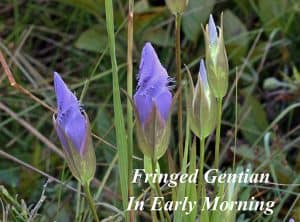 Fringed Gentian in my opinion is the rock star of the fen. Its beautiful blue, delicately fringed, morning glory-like blossoms behave very differently. They remain closed in the morning till the sun shines brightly. On cloudy days, they do not open at all. Fringed gentian is a biennial plant, sprouting a rosette of leaves the first year and blossoms the second. After the blooming, the plant dies, leaving seeds behind for the coming spring.
Fringed Gentian in my opinion is the rock star of the fen. Its beautiful blue, delicately fringed, morning glory-like blossoms behave very differently. They remain closed in the morning till the sun shines brightly. On cloudy days, they do not open at all. Fringed gentian is a biennial plant, sprouting a rosette of leaves the first year and blossoms the second. After the blooming, the plant dies, leaving seeds behind for the coming spring.
Closed Gentian as the name implies has blossoms that never fully open. There is a small opening in the tip of each blossom that allows muscular insects like bumble bees to squeeze their way in. The blossoms start out pink, and gradually grade through purple to blue at maturity. This is a perennial that sprouts from roots each spring.
Sneeze Weed is a member of the sunflower family, one of the largest families of plants in the world. Sniffing it will not make you sneeze. The common name is based on historic use of the crushed dried leaves and seed heads to make a form of snuff that caused sneezing. In certain times, sneezing was regarded as a desirable way to rid the body of evil spirits or a way to loosen up a head cold, so that a sneeze-producing remedy was desirable.
Grass of Parnassus is such a formal looking flower that I feel like I should be wearing a tuxedo to photograph it. This perennial is limited to wet places. Locally, I have found it only in fens or along small spring-fed creeks.
Small White Lady’s-slipper is one of the smaller Lady’s-slipper orchids. It blooms in May and June. The rest of the plants featured in this article flower in late summer and fall.




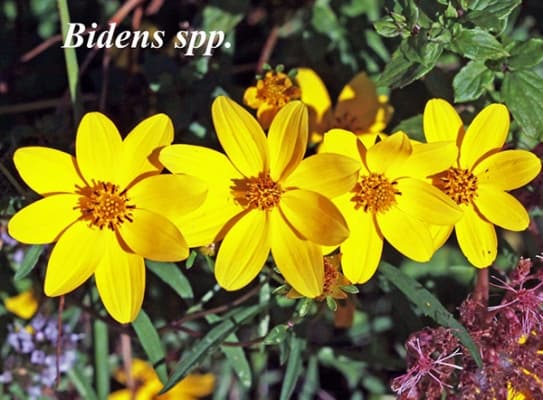
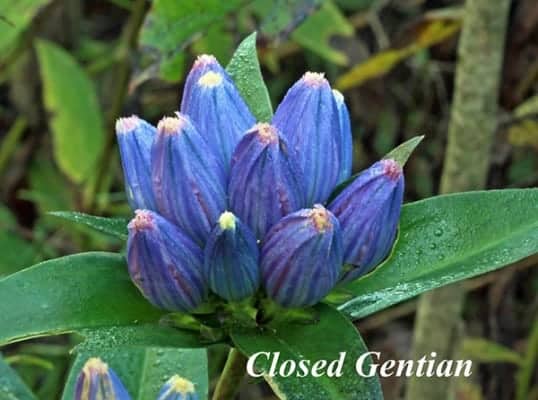


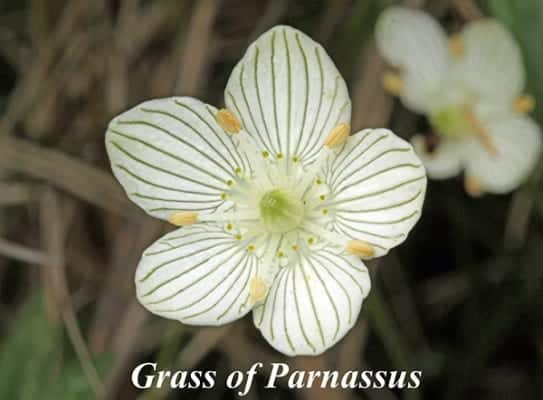
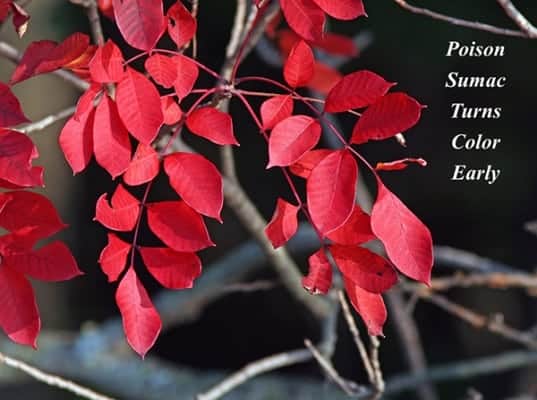


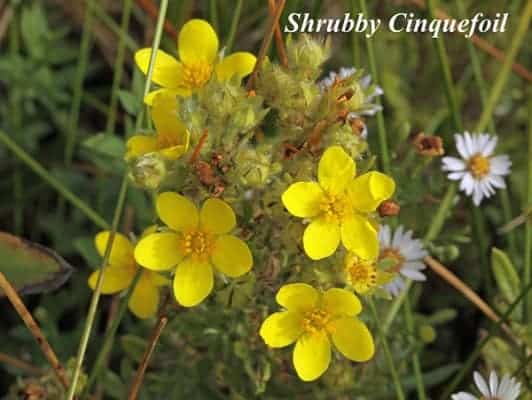






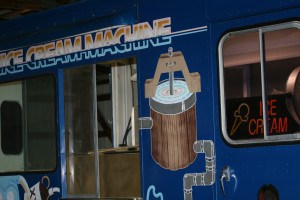
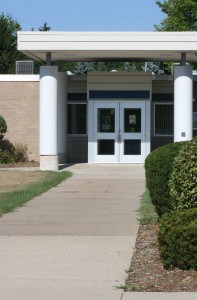

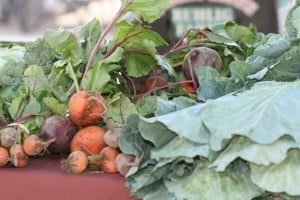








Very beautiful ! Thank you !
Thanks for this informative article. The pictures are wonderful too.
I live next to a fen, but did not know all this information. Thank you.
Great article, Tom. I particularly enjoyed the pictures and info on flowers. Good to know ya still got it! Hope you’re staying safe.